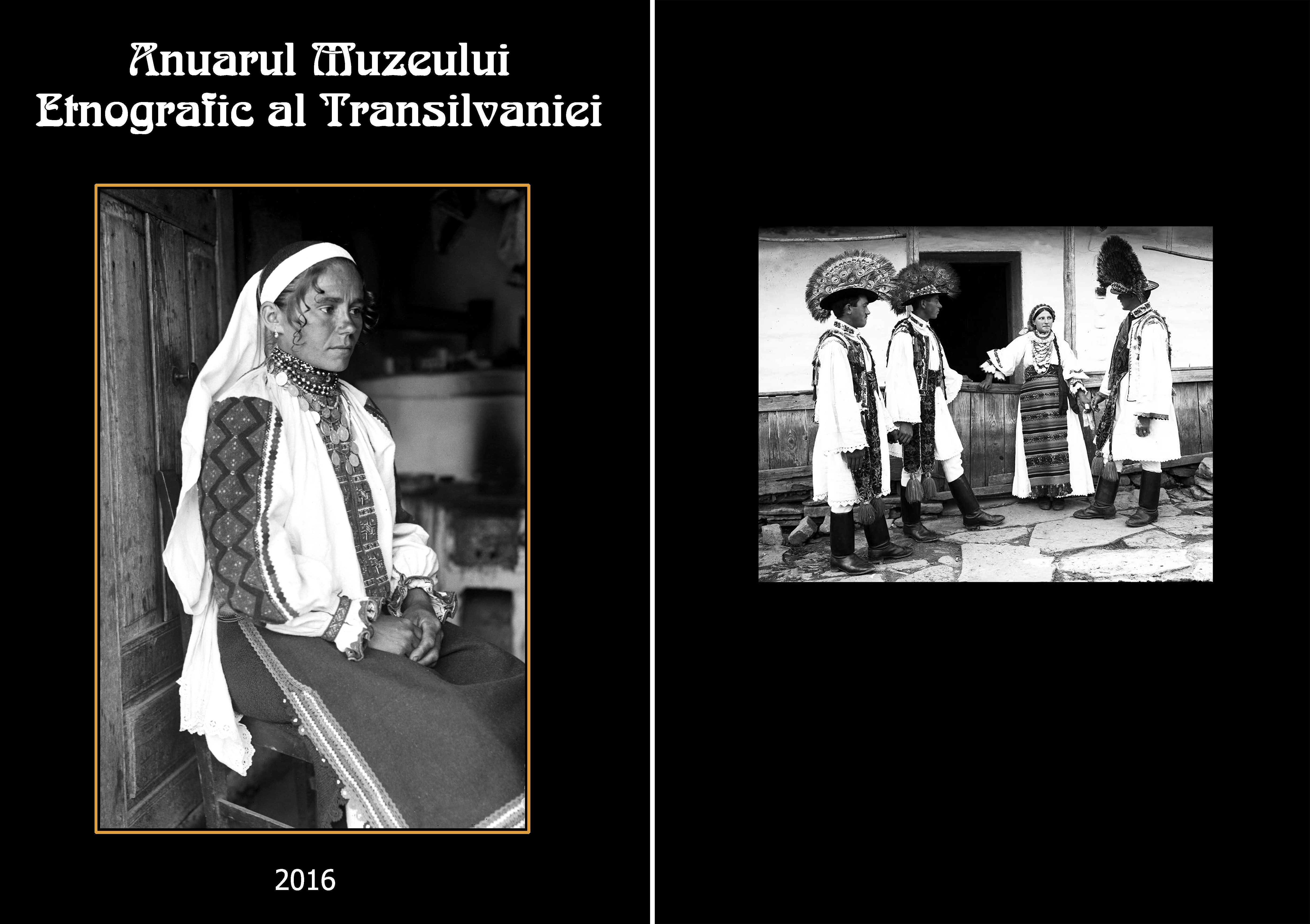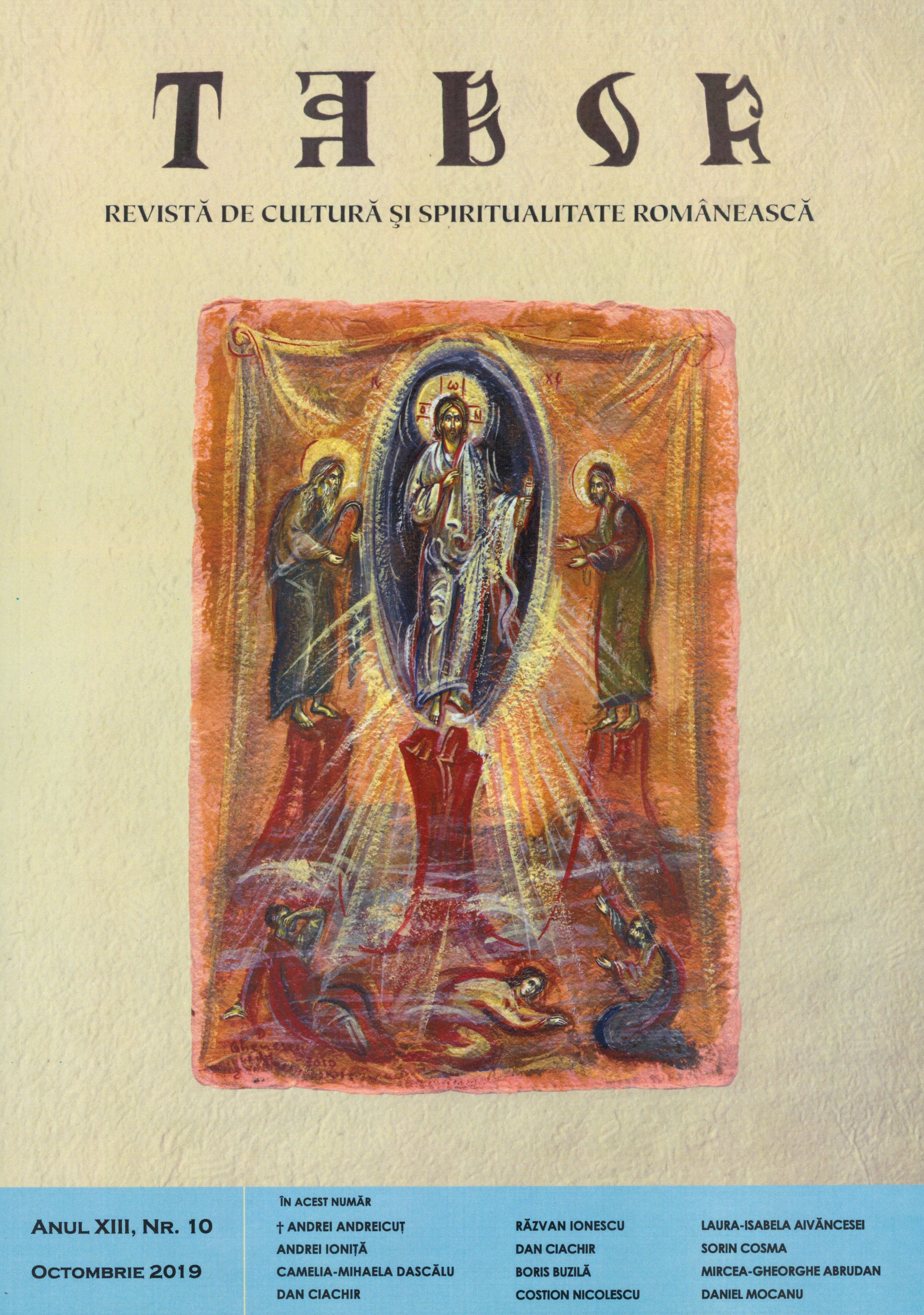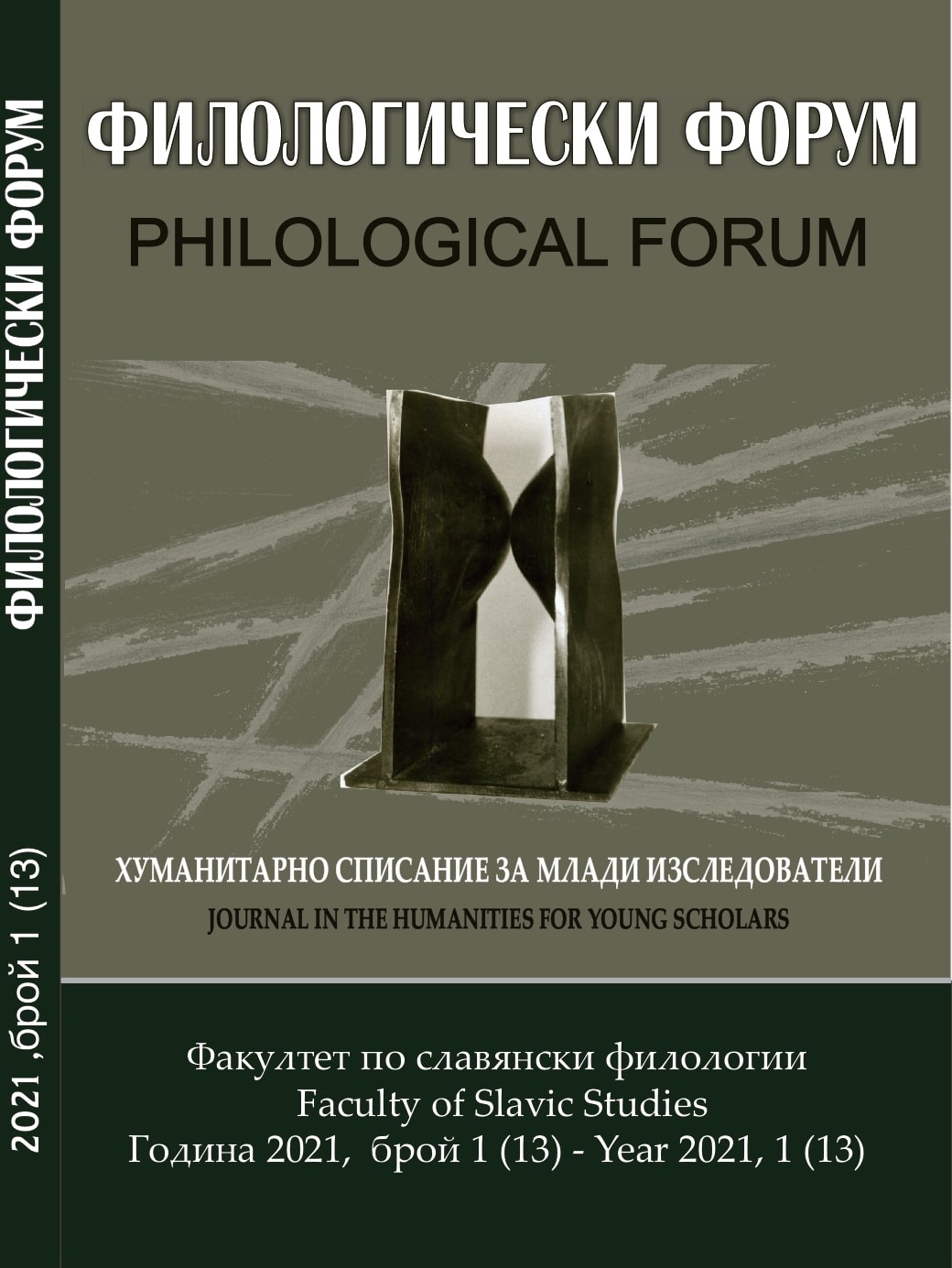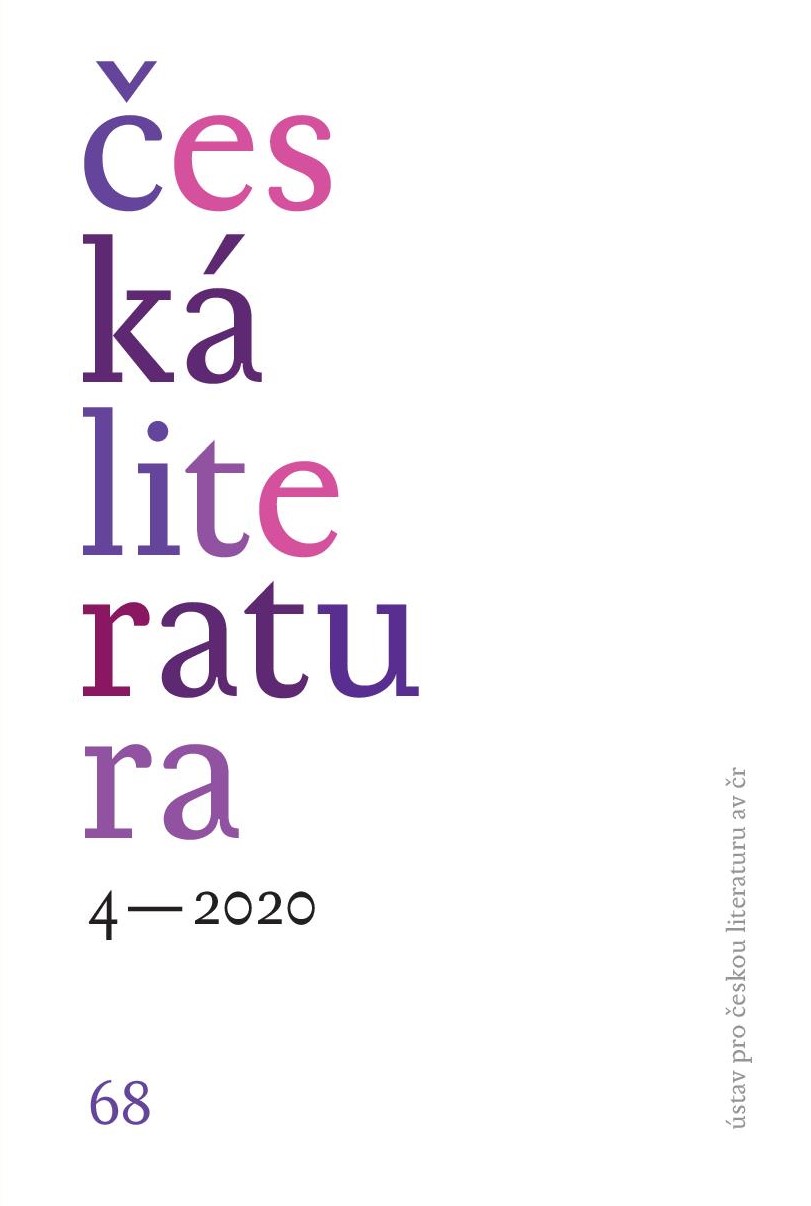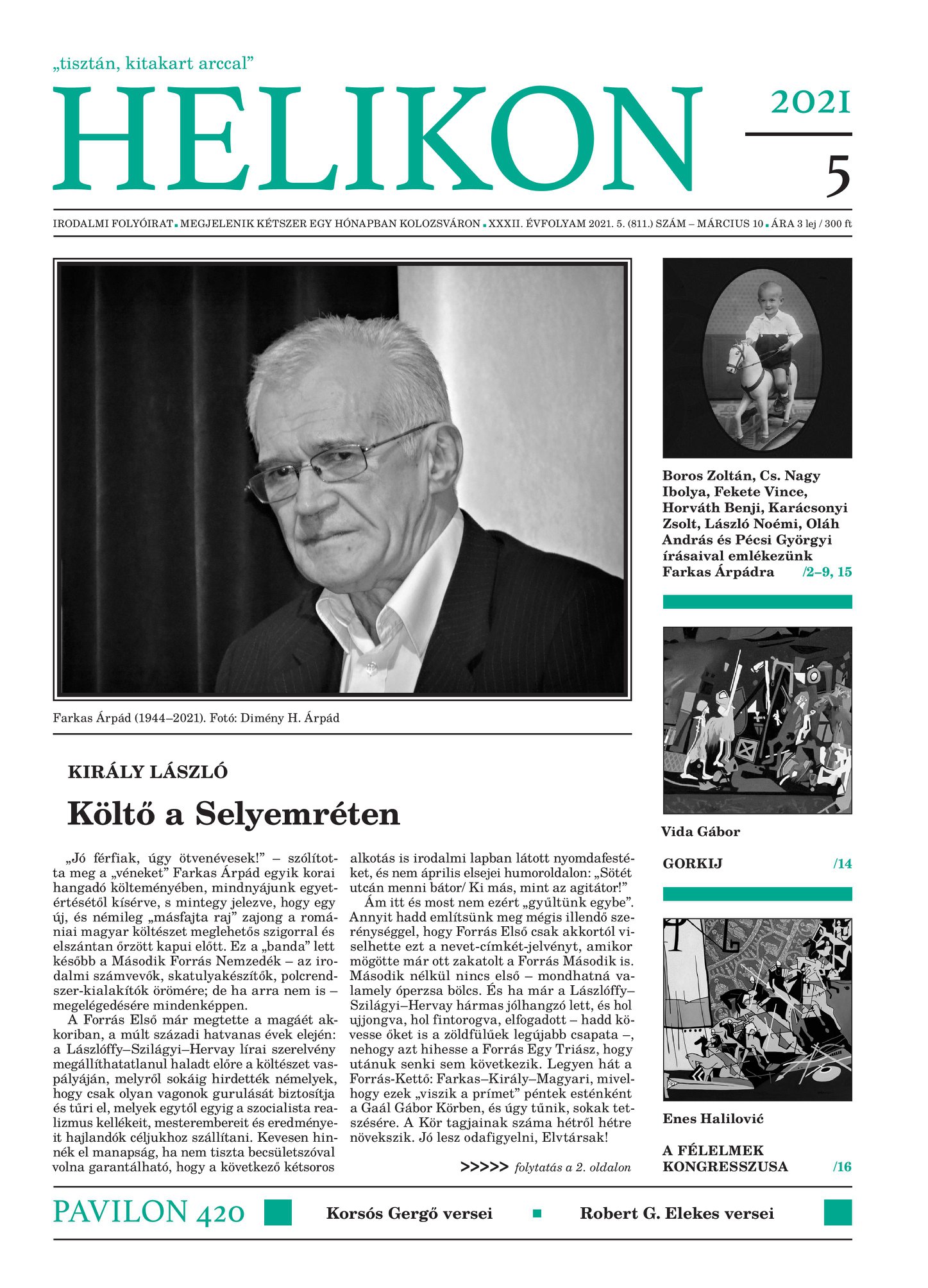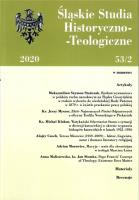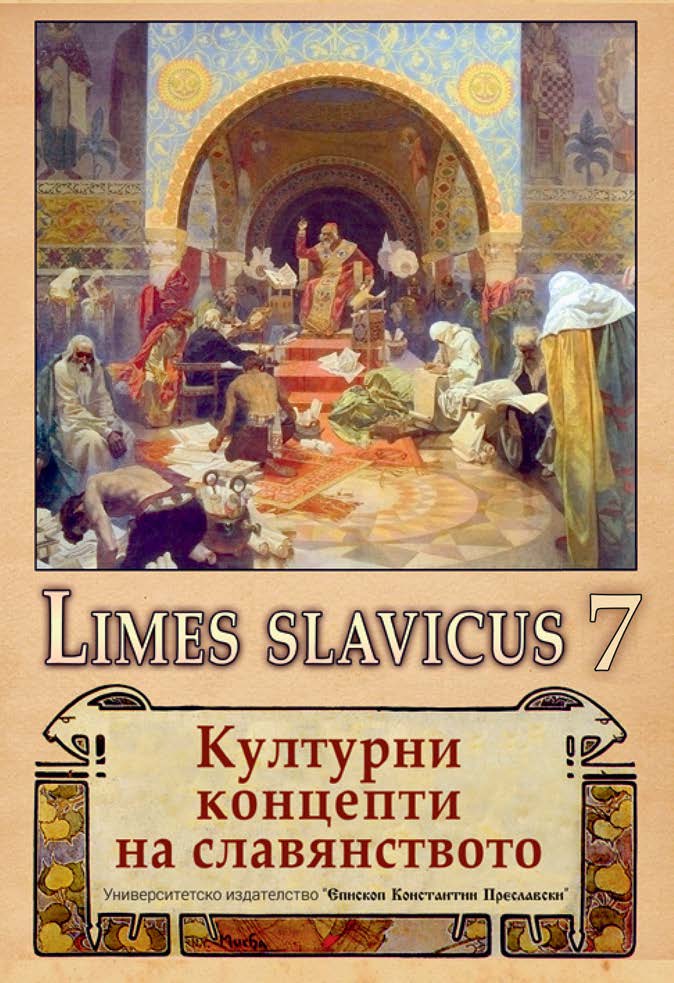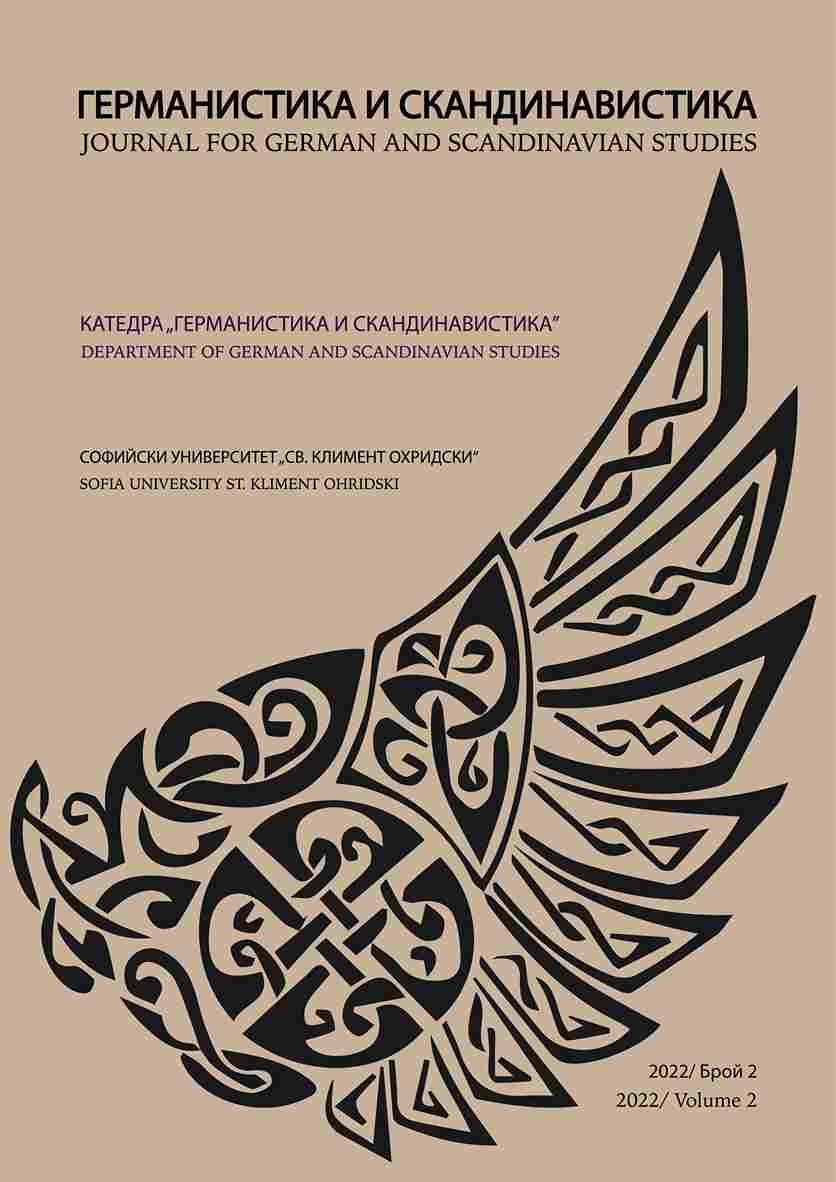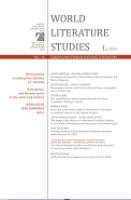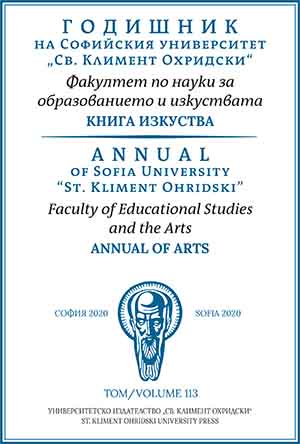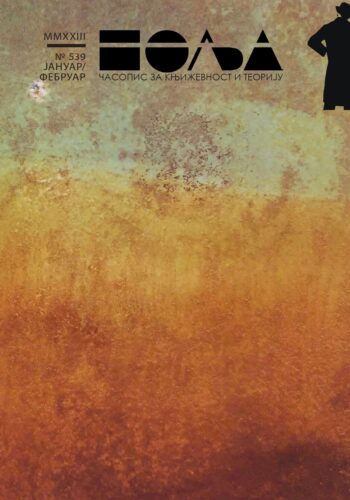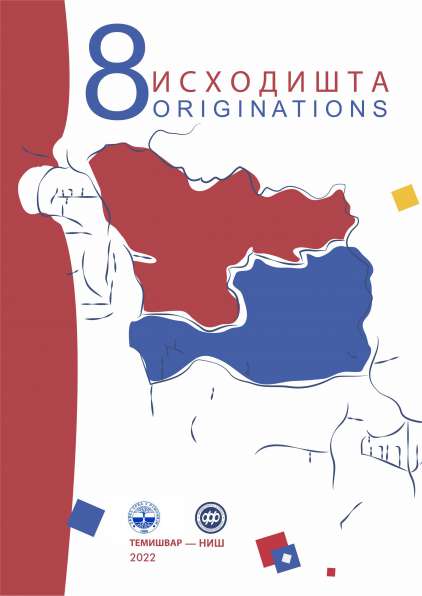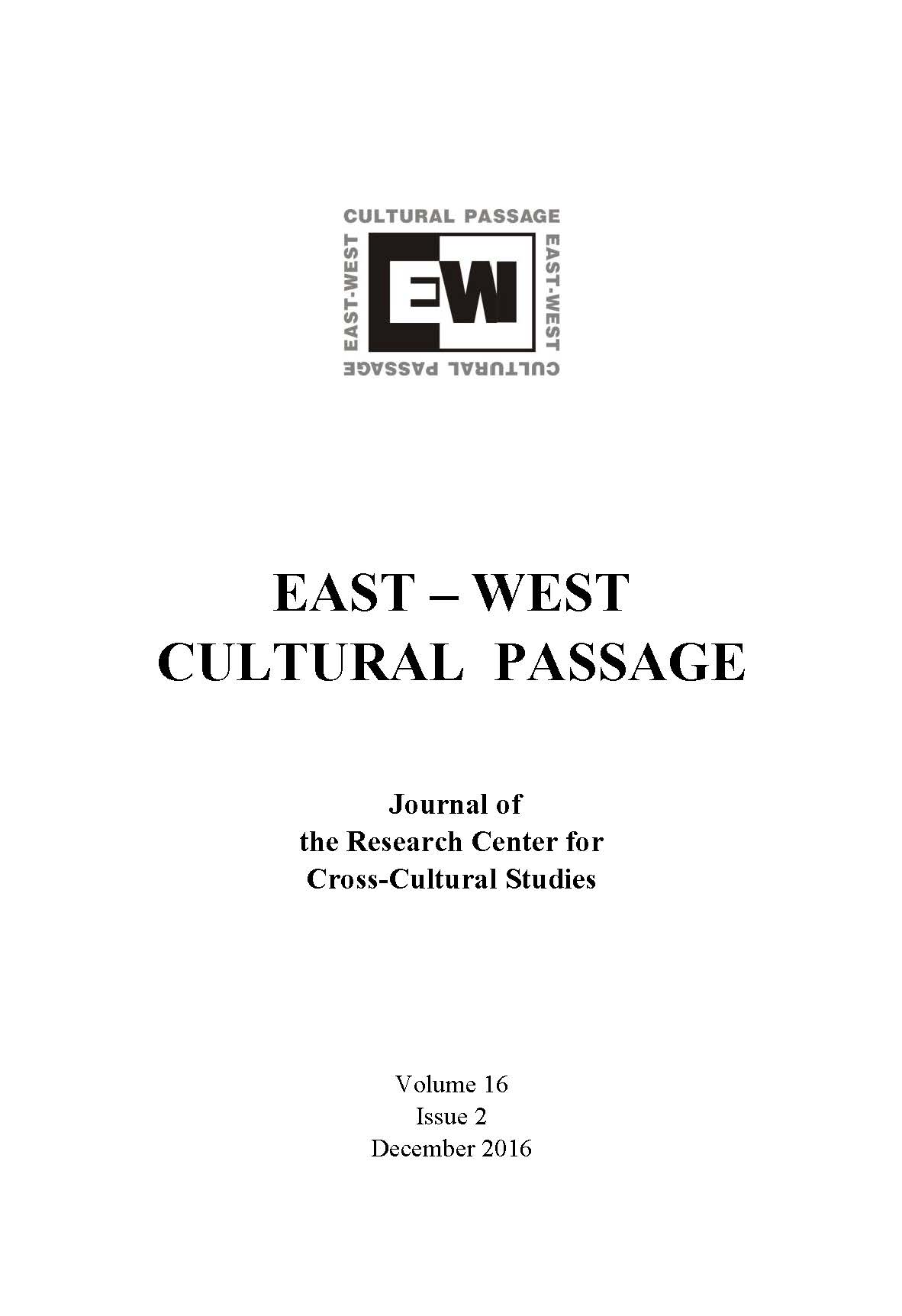
Virginia Woolf's Essays on Reading
A regular contributor to The Times Literary Supplement (TLS) and other renowned literary journals, Virginia Woolf became a masterful essay writer. Her success was partly due to her making use of her extensive readings in world literature, her fondness for the genre of literary biographies and last but not least, of her imaginative insight. With her essay entitled "How Should One Read a Book?" (1925) as a starting point for my analysis, the aim is to discuss key polarities in the text such as readers – critics, or reading as virtue – reading for pleasure. Since eighteenth and nineteenth century literary criticism emphasized the role of the common reader more than that of the critic, Virginia Woolf also focused on readers. The latter, she argues, also have responsibilities, since their very existence and critical attitude act as a catalyst for the public space shared by writers, readers and critics alike. I would also argue in favour of the fact that Virginia Woolf's essays primarily focus on her experience as a reader. Thus, the essay form becomes a locus for sharing her experience as a reader.
More...
